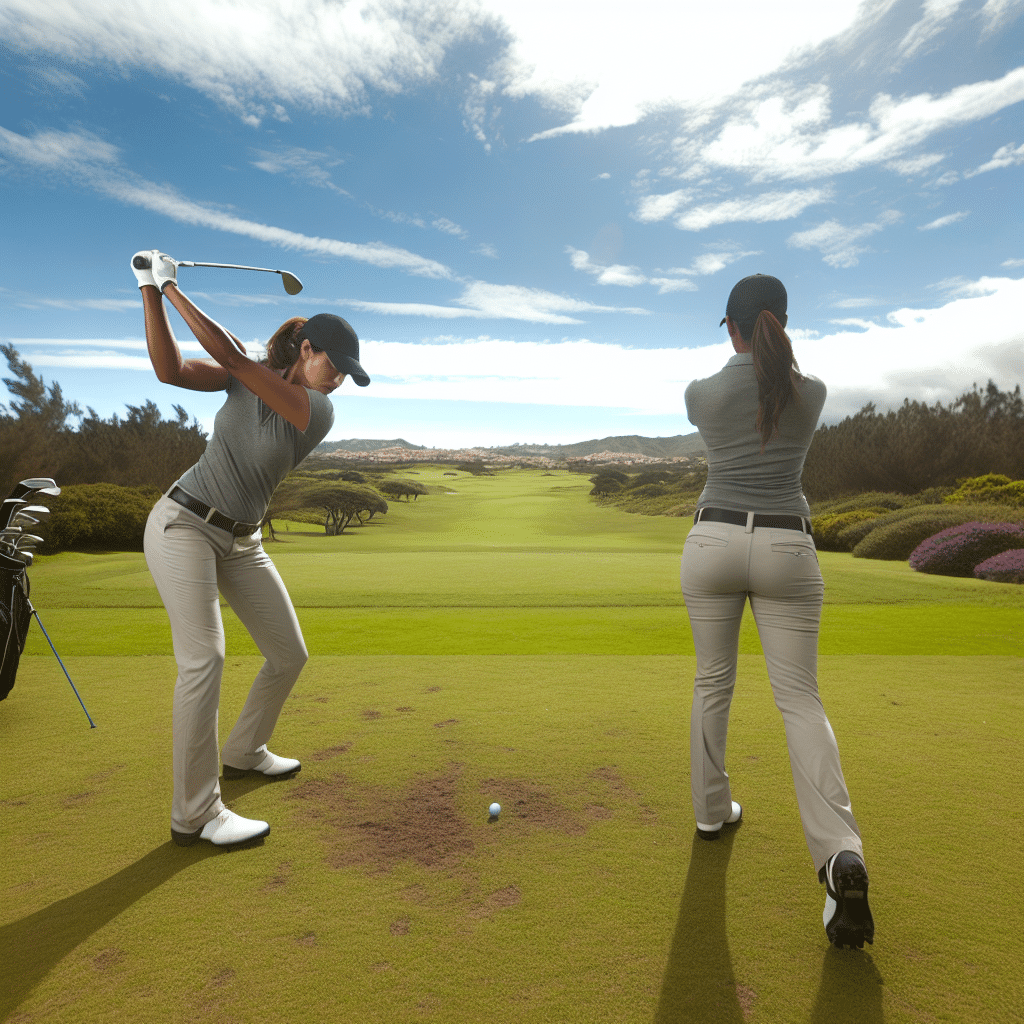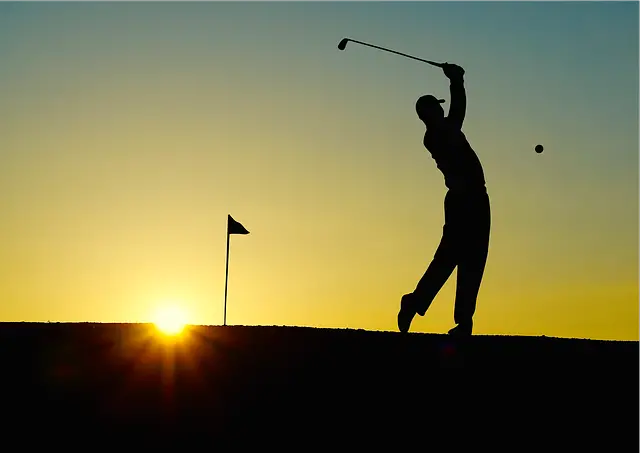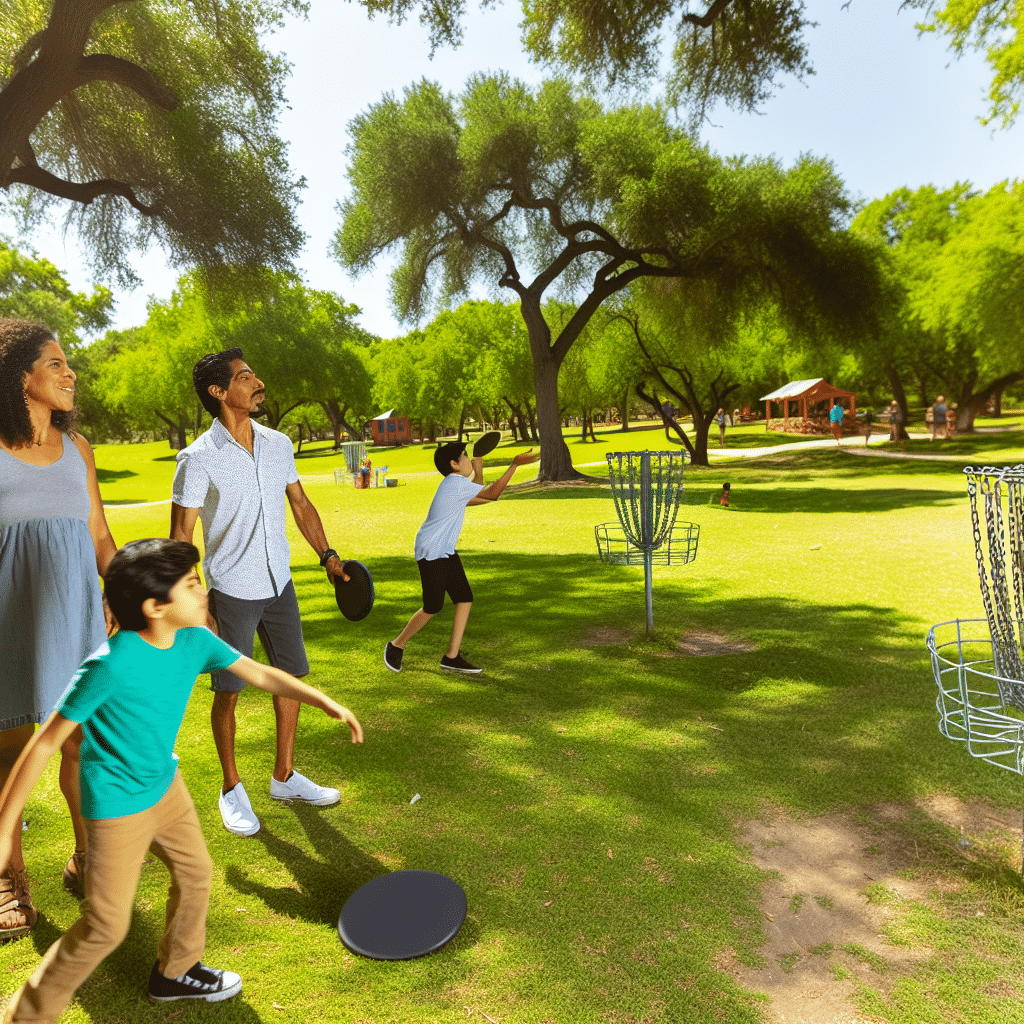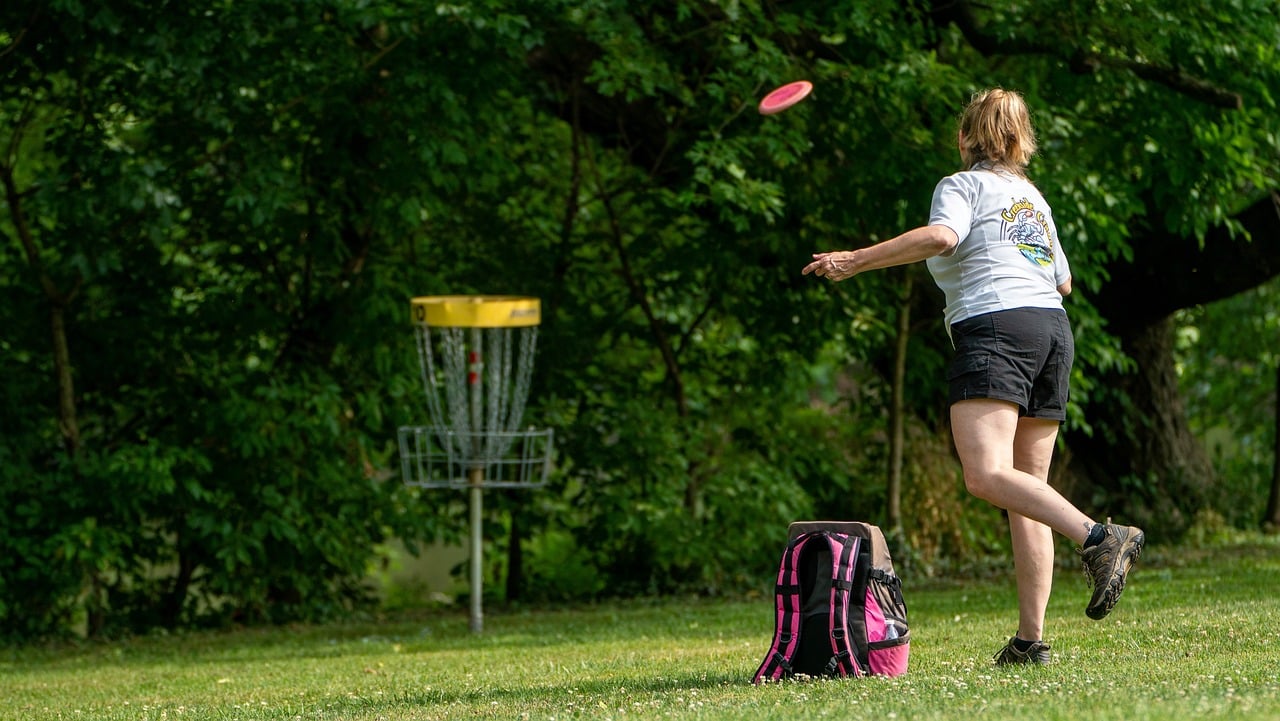Golf is a game of precision, patience, and skill. While driving off the tee often gets the most attention, your ability to hit a golf iron can make or break your game. Whether you’re a novice golfer or looking to refine your technique, this comprehensive guide will walk you through the essentials of hitting a golf iron effectively.
Why Is Hitting a Golf Iron So Important?
Irons are used for a variety of shots, from teeing off on a short par 3 to making approaches to the green. Mastering how to hit a golf iron helps you not only advance the ball efficiently but also improves your overall scoring. Let’s break down the steps for hitting a golf iron effectively.
How to Perfect Your Stance and Grip
Establishing the Right Stance
The key to hitting a golf iron lies in your stance. Position your feet shoulder-width apart, with your weight evenly distributed. The ball should be positioned slightly forward of the center in your stance. For longer irons (3-5), place the ball closer to your left foot (for right-handed golfers). For shorter irons (8-9), place the ball near the middle.
Proper Grip for Control and Power
Grip is another critical factor in learning how to hit a golf iron. Ensure your grip is firm but not overly tight. Your left hand (for right-handed golfers) should lead the grip, with the thumb pointing down the shaft. The right hand should wrap around comfortably, creating a “V” shape pointing between your right shoulder and chin. A balanced grip aids in control and power, setting the stage for a smooth swing.
Getting the Swing Right: From Backswing to Follow-Through
The Backswing
A proper backswing sets the foundation for hitting a golf iron successfully. Start by rotating your shoulders and turning your hips slightly. Maintain a straight left arm and bring the club back smoothly, ensuring that the head stays aligned with the ball.
Downswing and Impact
Transitioning from your backswing to downswing should be fluid and controlled. Shift your weight from your back foot to front foot, allowing your lower body to lead the movement. Keep your eyes on the ball and focus on making contact with a descending blow, crucial for an iron shot. Your hands should lead the clubhead through impact, promoting a clean strike.
The Follow-Through
A balanced follow-through is as essential as the initial stages of your swing. After impact, continue your swing in a smooth arc, allowing your body to rotate naturally. Finish with your weight on your front foot and your chest facing the target, signaling a complete and balanced shot.
Common Mistakes to Avoid
Over-Swinging
Many golfers fall into the trap of over-swinging, which often results in loss of control and accuracy. Focus on a smooth, controlled swing rather than trying to hit the ball with excessive force.
Improper Weight Shift
Improper weight shift is another common mistake. Always ensure that your weight moves from your back foot to front foot during the downswing. Failure to do so can lead to mishits and lack of power.
Practice, Practice, Practice
Finally, the best way to master how to hit a golf iron is through consistent practice. Spend time at the driving range focusing on your stance, grip, and swing. Record your swings for analysis, or ask a trained instructor for feedback. The more you practice, the more natural it will feel, and the more your confidence will grow on the course.
In conclusion, learning how to hit a golf iron effectively involves mastering your stance, grip, and swing mechanics. By avoiding common mistakes and investing time in practice, you can significantly improve your iron play and overall game. Happy golfing!




